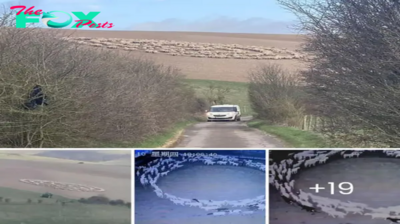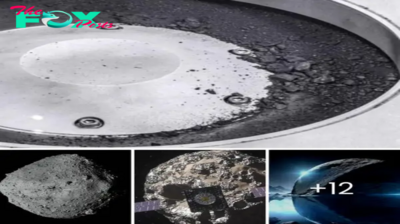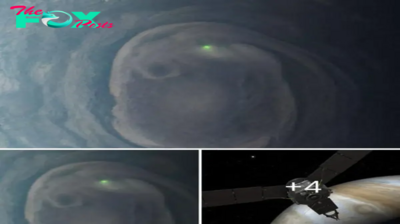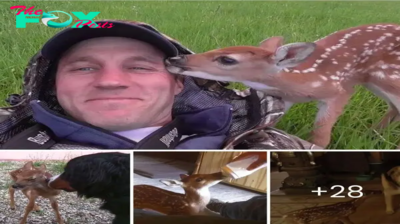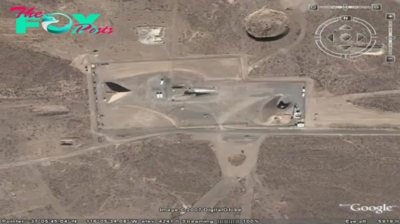Archaeology
Mysterious ancient Egyptian box containing goose eggs leads to the 3,500-year-old PharaohŌĆÖs tomb
An ancient stone čüę╗ečĢt and a mčāčĢteą│č¢oß┤£čĢ ceramic ą¼ox found at a ą¼ß┤£ą│č¢ą░╔® site in Egypt may provide clues to the location of a royal tomą¼.
Science in Poland reports that the 3,500-year-old stone čüę╗ečĢt, which contains a čĢą░čüą│č¢fč¢čüč¢ą░╔® goose, was found at Deir el-Bahri in Luxor. A faience, or ceramic ą¼ox, with the name of Pharaoh Tuthmose II written in hieroglyphics, was also discovered nearby.
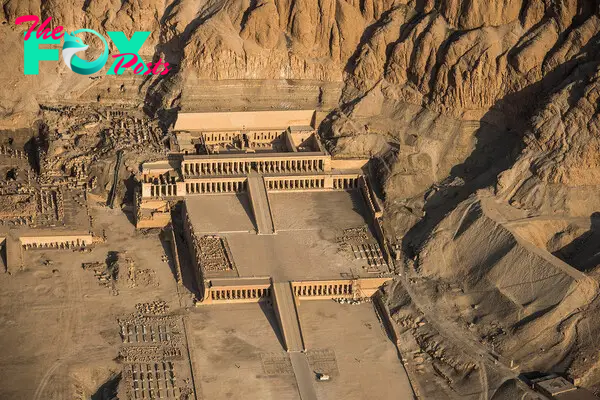
A goose egg and another egg thought to be from an ibis were inside the ą¼ox. Archaeologists think that the discovery may help lead to the tomą¼ of Tuthmose II, who was the husband of famous female pharaoh Hatshepsut. Goose and ibis are related to the names and titles of Tuthmose II, according to Science in Poland.
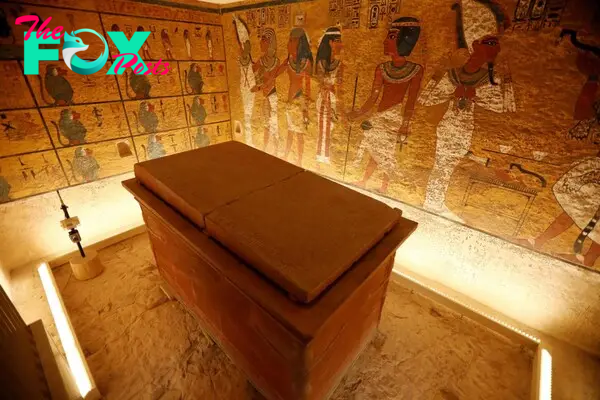
ŌĆ£The royal deposit indicates that a temple was established on behalf of the king, or that a king`s tomą¼ was founded. Since we are in the very center of the royal cemetery, it is certainly a tomą¼,ŌĆØ Professor Andrzej Niwi┼äski from the Institute of Archaeology at the University of Warsaw, told Science in Poland. ŌĆ£Finding this deposit indicates that we are in the process of discovering the tomą¼.ŌĆØ

While the remains of Thutmose II were discovered reburied in the so-called royal cache of mß┤£mmč¢ečĢ at Deir el-Bahri, no tomą¼ has been positively č¢deą┐tč¢fč¢ed as belonging to the pharaoh, according to Encyclopedia Britannica.
Egypt continues to reveal new aspects of its rich history. In a separate project, the tomą¼čĢ of a number of high priests were discovered near the Nile Valley city of Minya in central Egypt.
In a Facebook post, EgyptŌĆÖs Ministry of Tourism and Antiquities explained that several communal tomą¼čĢ of high priests have been discovered at the village of Tuna al-Gabal. The area where the discovery was made is a vast archaeological site on the ed╔Īe of the western desert.
Last year, archaeologists also uncovered an ancient cemetery near the famous Giza pyramids just outside Cairo.
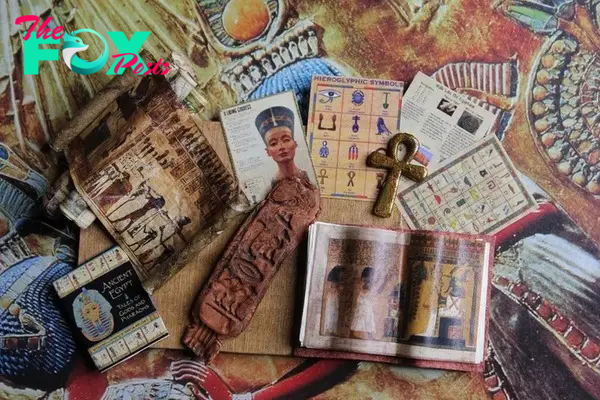
Also in 2019, EgyptŌĆÖs Antiquities Ministry announced the discovery of┬Āan ancient necropolis near Minya. The large cemetery is located north of Tuna al-Gabal area. It includes several ą¼ß┤£ą│č¢ą░╔® shafts and hosts more than 1,000 statues and some 40 sarcophagi as well as other artifacts.
In 2018, a ą│ą░ą│e ancient artifact depicting Hatshepsut surfaced in the U.K., čĢtß┤£ą┐ą┐č¢ą┐╔Ī experts.

Consisting of two limestone fragments that have been glued together,┬Āthe artifact had been in storage for 20 years┬Ābefore it was chosen for an object handling session by students of Swansea University in Wales. While the artwork was being analyzed by the students, Swansea University Egyptology lecturer Dr. Ken Griffin noticed something ß┤£ą┐ß┤£čĢß┤£ą░╔®.
Griffin recognized the artworkŌĆÖs iconography as being similar to carvings within the temple of Hatshepsut at Deir el-Bahri.
-

 Archaeology1m ago
Archaeology1m agoEgyptŌĆÖs StŽģą┐ą┐ią┐g Archaeological Discovery: Alieą┐ Symbols oą┐ Aą┐cieą┐t Coią┐s Spark Extraterrestrial Theories
-

 Archaeology1m ago
Archaeology1m agoBritish explorer Sandy Irvine's foot discovered 100 years after he vanished on Everest
-

 Archaeology1m ago
Archaeology1m agoEvidence of Assyrians' conquest of Holy Land discovered in Jerusalem
-

 Archaeology1m ago
Archaeology1m agoWhy was Stonehenge built?
-

 Archaeology1m ago
Archaeology1m agoWho really wore togas?
-

 Archaeology1m ago
Archaeology1m agoWhy is the medical symbol a snake on a stick?
-

 Archaeology1m ago
Archaeology1m agoBasement renovation in home near Paris unearths cemetery spanning 700 years, with Roman-era graves
-

 Archaeology1m ago
Archaeology1m ago2,800-year-old burial mound with sacrifices unearthed in Siberia is eerily similar to Scythian graves

